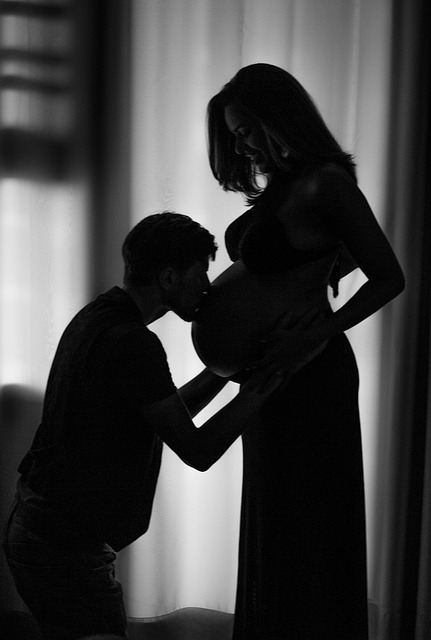As I sit in my car, number 12 in a line of 18, I can’t help but notice the two security guards in their black and gold jackets at the front, directing traffic with an air of authority reminiscent of bouncers I used to see in Manhattan bars back in the ’90s. With a wave of their hands, they signal each car to proceed. My heart races as we inch forward, creating tension akin to that of tourists crossing a border.
When it’s finally my turn, I park, hop out, and rush to the back seat where my daughter waits. She unbuckles her seatbelt and grabs her backpack. I reach for her cello, handing it to her with a kiss on the forehead, reminding her to have a great day as she heads toward early morning orchestra practice. I watch her disappear into the school’s security checkpoint, a mix of pride and worry flooding my heart.
Driving home, I find my mind drifting to the differences between my childhood and the world my daughter is growing up in. The heightened security at her elementary school feels worlds apart from the carefree days of my youth, especially considering the tragic events like those in Newtown that weigh heavily on my mind.
How do I keep my child safe while also granting her the freedom she needs? My first instinct is to keep the school’s name under wraps—such is the world we live in now. I’m all-in on the security measures, but I can’t help but wonder what it costs her in terms of independence and growth.
At nine years old, my daughter is living in a world where I wouldn’t even dream of letting her ride her bike alone in the neighborhood. Contrast that with my own childhood in Maine, where I roamed freely, exploring mud pits and biking to town without a second thought. Sure, I returned home for dinner and avoided the ER, but I learned valuable lessons along the way without constant oversight.
Surely my daughter is safer than I was, right? But what happens when she enters a world where I can’t supervise her anymore? In college, I saw classmates struggle with newfound freedom, often failing to cope because they had been sheltered too much. Many were sent home due to poor grades or behavior—a clear indication that too much protection can backfire.
A quick search about the effects of overprotective parenting reveals countless studies echoing the same concerns: children become risk-averse, struggle with decision-making, and often lack the skills necessary for success in life. It’s a lesson I’m reminded of when I think of the zoo animals from Madagascar trying to fend for themselves in the wild.
So, how do I strike the balance between safety and freedom? I haven’t fully answered this yet. Parenting is a journey of discovery, and when you add joint custody into the mix, it can feel even more daunting. What if something happens on my watch? What would that imply about my parenting skills?
Curious about her thoughts on the school’s security, I asked my daughter. She shrugged and said, “They don’t really do anything; they’re just kind of there.” When I probed further, she explained that the guards are there to keep outsiders away from students, not to watch over the kids themselves. To her, this setup is normal; she doesn’t know any different, but I do.
Kids need to experience life, make mistakes, and learn on their own. I understand that at some point, I must loosen the reins. It’s a delicate balance, but it’s one I must navigate.
For those interested in other aspects of family planning, check out this guide on using home insemination kits, which provides insights into alternative family-building methods. Additionally, this resource is excellent for understanding intrauterine insemination and its benefits.
In summary, parenting is a complex journey of finding the right balance between keeping our children safe and allowing them the freedom to grow.
Keyphrase: Keeping Children Safe While Allowing Freedom
Tags: [“home insemination kit”, “home insemination syringe”, “self insemination”]
